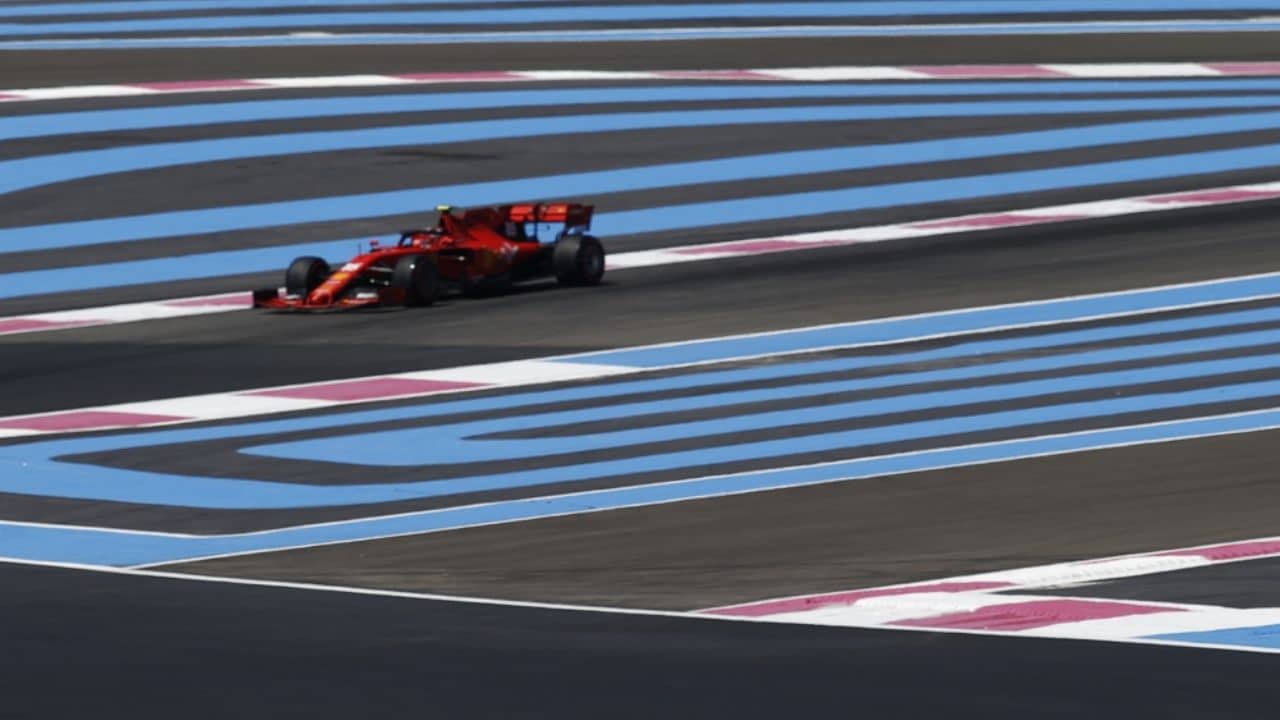In Formula One, what is locking up? How might a car accident affect how quickly a motorist can drive
It’s not easy to drive a Formula 1 car on the limit while 19 other people do the same thing.
Despite what some may believe, being able to lap consistently, quickly, and without striking anything is quite difficult. Even the best drivers on the planet make mistakes, and F1 drivers are no exception. A lockup is the most common blunder they can make.
Explained What Is Wheel Locking Up In F1 And What Causes Lock Ups
What Is an F1 Lock Up, And How Does It Affect Drivers?
When a driver stops too late into a corner in Formula One, their tyre locks up. A plume of white smoke will erupt from the inside front tyre, indicating that a motorist has done it.
An F1 driver locking up during a race is usually harmless, but they can occasionally stray wide around a corner and allow another vehicle to pass. F1 drivers only lock up in braking zones as they try to stop in time to make it through the bend.
Lewis Hamilton famously lost the 2021 Azerbaijan Grand Prix after locking up his left front wheel on the late restart. The Mercedes driver pressed a button in the cockpit, putting the W12 into a different braking mode, causing the car to lock up, dropping him from first to fifteenth at the flag.
What Impact Will It Have on Drivers?
The majority of F1 lockups are minor, with drivers rapidly releasing the brakes to relieve the pressure. However, this is not always the case. A large enough lock up might harm the tyre and cause a flat spot.
This is a flat spot on the tyre that might produce vibrations when driving at high speeds. If a lock up and the flat patch is large enough, drivers may need to pit, as Nico Rosberg did on the opening lap of the 2014 Russian Grand Prix.



